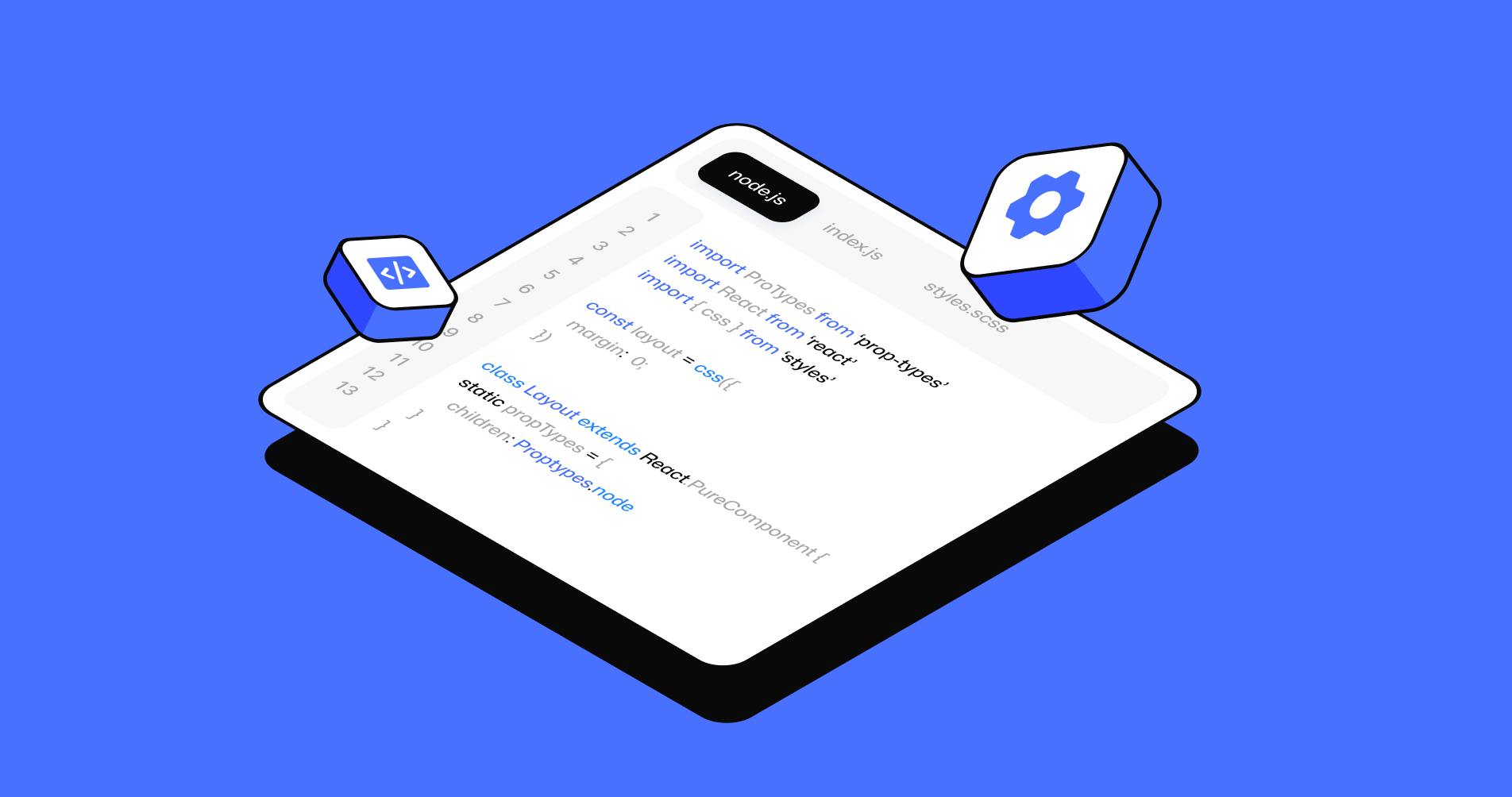Best Practices for Secure Data Transmission in Multi-Proxy Environments
Secure data in multi-proxy environments with TLS, token management, integrity checks, and monitoring best practices.

Routing sensitive traffic through a daisy chain of proxies can feel like whispering a secret down a very long hallway—you hope the message survives the journey intact. When that hallway powers modern AI market research platforms, the pressure to get it right multiplies. Data scientists, compliance teams, and security engineers all want airtight confidentiality, spotless integrity, and zippy performance, yet each proxy hop opens a fresh window for mischief.
How do you keep packets pristine, passwords private, and attackers perpetually frustrated? Grab your virtual hard hat and read on. We will dig into best practices that go beyond checklists, add a pinch of humor to fend off security fatigue, and still keep every comma where it belongs.
Understanding the Multi-Proxy Landscape
Picture a relay race where every runner hands over a baton that carries client requests toward their final destination. Each proxy is a runner, but unlike athletes, these servers can inspect, transform, or drop packets at will. That power introduces both flexibility and risk, so mapping the relay is the first order of business.
What Makes Multi-Proxy Unique?
Single proxies are straightforward: source, hop, destination. Add a few more and suddenly you have ACLs on ACLs, network address translation standing on metaphorical tiptoes, and certificates breeding like bunnies. Overlapping rules create unintended holes, while misaligned timeout settings can stop data mid-stride. Knowing exactly which proxies handle which traffic—down to port and protocol—prevents blind spots from forming.
Threat Surfaces Multiply Quickly
Each additional hop offers adversaries fresh chances to eavesdrop, inject, or replay traffic. Imagine burglars staking out every window on a block. Your defense must treat every proxy as both guardian and potential vulnerability. That means uniform hardening policies, consistent patch schedules, and panic stress tests that reveal which hop screams first under duress.
Encryption Fundamentals
Clear-text packets in a multi-proxy stack are as welcome as a mosquito at a camping trip. Strong encryption from edge to origin is non-negotiable, but devilish details lurk in cipher choices and certificate handling.
TLS Everywhere
Use Transport Layer Security from client to first proxy, proxy to proxy, and final proxy to origin. Configure forward secrecy ciphers so stolen keys cannot decrypt old sessions. Disable obsolete versions—TLS 1.0 and TLS 1.1 deserve a peaceful retirement. And remember: self-signed certificates belong only in the lab, not in production, unless you relish late-night incident calls.
Certificate Pinning Pitfalls
Pinning certificates on clients thwarts man-in-the-middle attacks, yet can backfire when rotating keys or scaling proxies. Maintain a staged rollout plan: first deploy new certificates to shadow proxies, then enable dual pins, and finally retire the old set. Document the schedule so no one pins the blame on you when a previously trusted thumbprint disappears.
Authentication and Authorization
Strong encryption without solid identity checks is like locking the front door while leaving the key under the mat. Multi-proxy paths demand that every hop validate who is knocking—without passing around long-lived secrets like party favors.
Token Management Across Hops
OAuth or JWT tokens should glide through proxies in encrypted headers. Resist the urge to store them unencrypted in logs “for troubleshooting.” Short lifespans help: a token that expires in minutes turns stolen credentials into digital pumpkins. If proxies must interact with identity providers, scope their client secrets to the bare minimum and rotate them faster than milk spoils.
Least Privilege Routing
Grant each proxy only the permissions required for its slice of traffic. The aggregation proxy might need to fetch pricing data, but it definitely should not delete user accounts. Role-based access control combined with network segmentation limits lateral movement if an attacker compromises one hop. Think of it as giving guests access to the living room but hiding the silverware.
Integrity Checks and Data Hygiene
Encryption shields content, yet corrupted packets can still slip through. Integrity guarantees ensure what leaves the origin is what arrives at the edge—no bit flips, no sneaky payload swaps.
Checksums and Signatures in Transit
Attach HMACs or digital signatures to critical payloads. Proxies verify before forwarding and recalculate after lawful transformations such as compression. This practice exposes silent corruption quickly, turning “mysterious data drift” tickets into “caught and squashed” success stories.
Sanitizing Payloads Before Forwarding
Proxies that modify, aggregate, or cache data must sanitize inputs rigorously. Strip out control characters, validate schemas, and reject payloads with suspicious encodings. A malformed JSON blob should trigger graceful error handling, not a meltdown that cascades along the hop train.
Monitoring Without Leaking Secrets
Observability keeps systems healthy, but verbose logs can spill confidential beans. Striking a balance between insight and privacy is crucial.
Layered Logging
Capture request IDs, latency metrics, and truncated headers, but redact or hash tokens and personal data. Centralize logs in a secure store with tight access controls. Compress them at rest and encrypt in transit. If your SOC analyst needs full packet captures, provide a segregated environment rather than sprinkling PCAP files across servers like confetti.
Real-Time Anomaly Detection
Feed sanitized telemetry into alerting pipelines that spot sudden spikes, weird geographies, or protocol oddities. Machine learning tools can flag statistically peculiar patterns—such as an API endpoint suddenly talking in Morse code—before attackers exfiltrate anything meaningful. Tune thresholds carefully to avoid 3 a.m. false alarms that encourage on-call staff to develop creative vocabulary.
Putting It All Together: A Secure Flow
Imagine a typical request. A user’s browser initiates a TLS 1.3 session with an edge proxy. The proxy validates the certificate, strips sensitive cookies from logs, and forwards the request to an aggregation proxy over another TLS 1.3 tunnel. That hop attaches a fresh HMAC, enforces strict content-security headers, and routes the call to a backend microservice proxy with mutual TLS.
The backend verifies token scopes, fetches data, tags the response with an integrity signature, and sends it back along the chain. Each proxy records latency, errors, and anonymized user IDs, then forwards the metrics to a secure observability stack. An anomaly detector notices nothing unusual—just another day in a well-protected hallway.
Conclusion
Securing data in a multi-proxy environment may feel like juggling flaming torches while riding a unicycle, but methodical best practices turn the circus act into a polished performance. Encrypt every hop, authenticate every caller, verify every payload, and observe without oversharing.
Sprinkle these measures with disciplined logging and proactive monitoring, and your proxies will behave less like mischievous gremlins and more like trusty bodyguards. Keep iterating, keep patching, and keep a sense of humor—because in security, a good laugh lasts longer than an unchanged password.
Subscribe to our newsletter
Get regular updates on the latest in AI search





.png)


